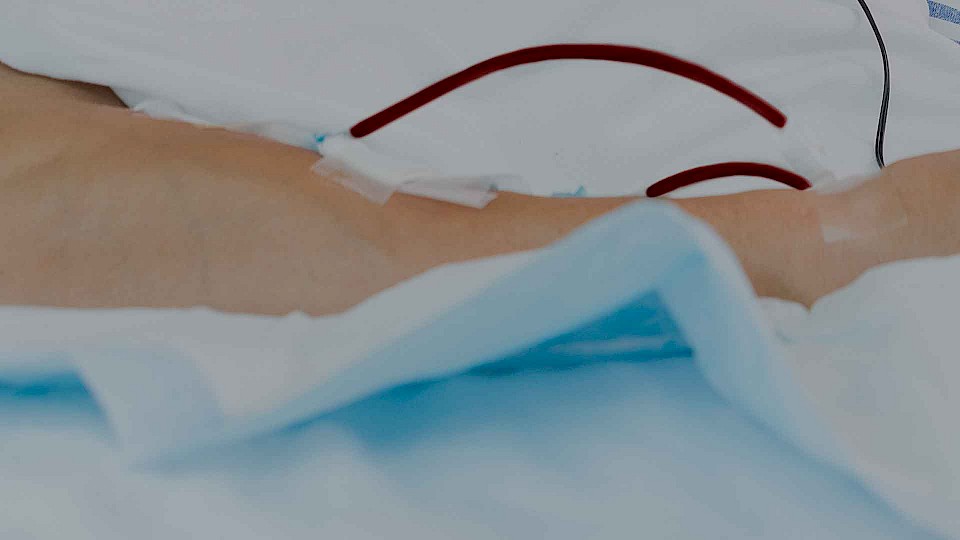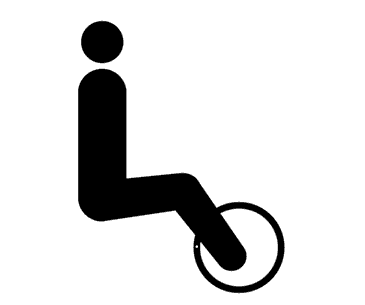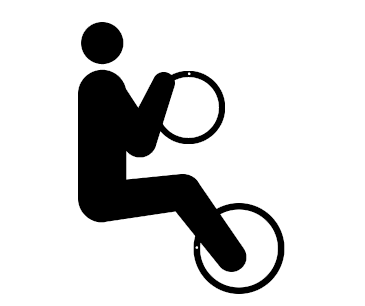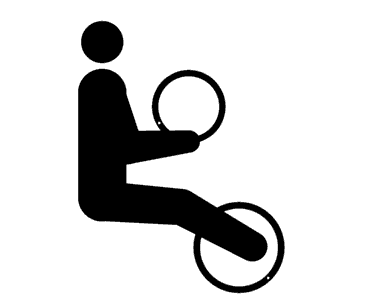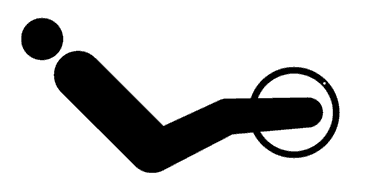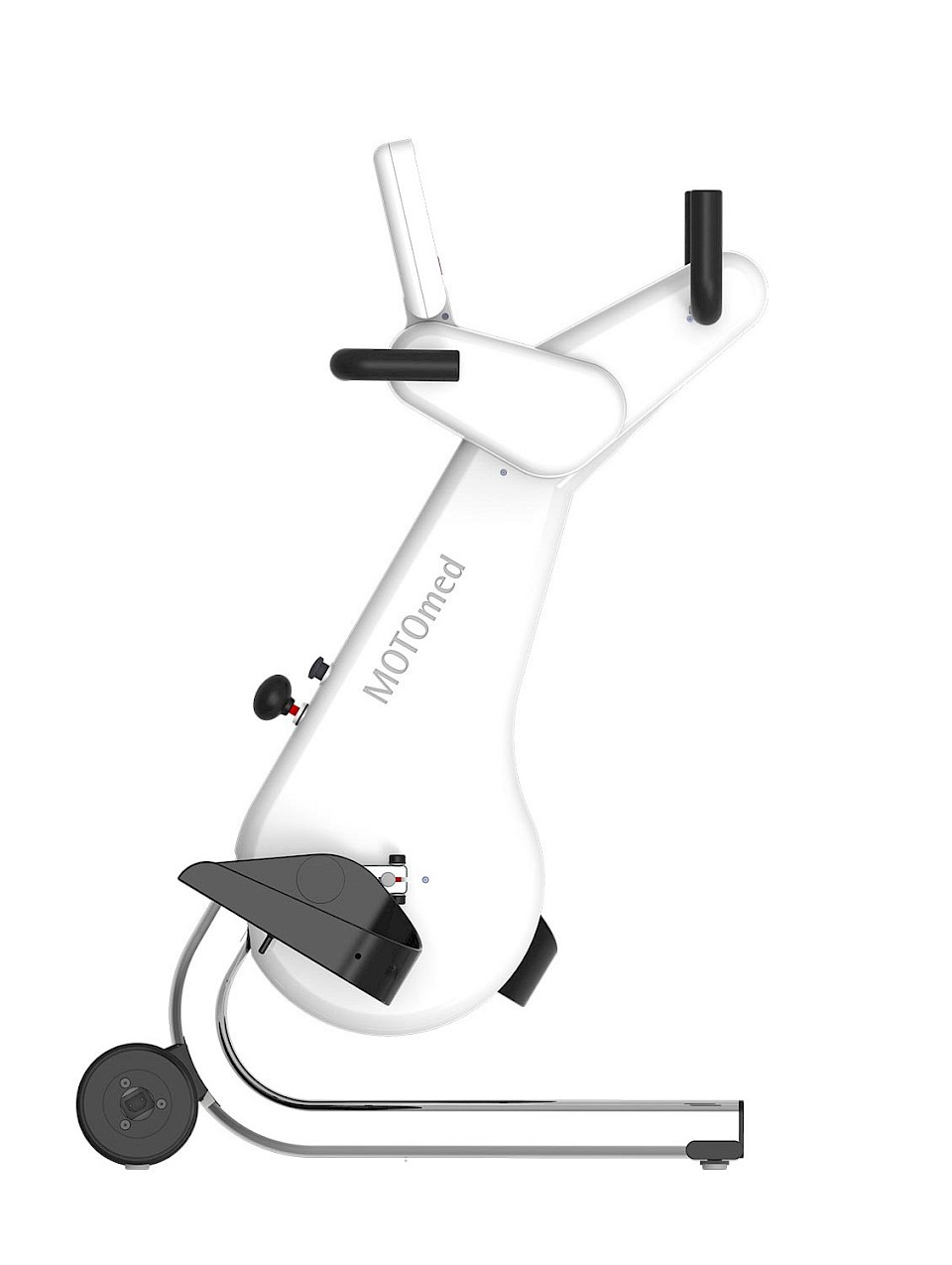Hemodialysis
Improves dialysis efficiency
A structured training can improve physical fitness of hemodialysis patients considerably. The motor-supported MOTOmed movement therapy offers a good strength- and endurance training. Aged, very weak or walking disabled dialysis patients especially benefit from the motor supported movement.
The MOTOmed movement therapy can improve dialysis efficiency and makes the time of dialysis treatment more entertaining. The MOTOmed movement therapy is a supplement to medical therapy and can counteract secondary diseases (e.g. weak muscles, walking ability and coordination) as a non-medicamentuous therapy form.
Scientific studies document that movement therapy with the MOTOmed letto contributes to a better filtration of urophanic substances in the blood, hence increasing the “dialysis effect”.
The operation of the MOTOmed letto2 movement therapy device reduces complications with patients during dialysis. This might help to cut the care need and improve dialysis tolerance. Moreover, the MOTOmed letto2 sticks out by its good usability.
Your dialysis center offers a high therapy quality with the MOTOmed Movement Therapy by RECK. This can lead to a reevaluation and better positioning of your facility.
MOTOmed Movement Therapy
MOTOmed Movement Therapy was developed for people with movement restrictions and complements physical, ergo and sports therapy measures. Users can train while seated in a wheelchair or from a chair. Patients in supine position use MOTOmed from a nursing bed or therapy couch.
In Germany, the device-based movement therapy with the MOTOmed is recognized as an aid for many indications by the statutory health insurance. It is worthwhile to inform yourself!
Therapy modes
passive
The effortless motor driven movement is ideal for the regulation of muscle tone, loosening stiff muscles and for early mobilization after long rests. Passive training stimulates blood circulation, digestion and joint flexibility.
assistive
In motor-supported movement therapy, the function MOTOmed ServoCycling enables easy transition from passive to active training. A motor-supported movement stimulates strength and endurance even with minimal muscle strength.
active
An active training with own muscle power against finely adjustable resistance levels strengthens leg, arm and upper body muscles and stimulates the cardio-vascular system.
Achieving best therapy goals through interval training
Alternating phases of strain and recreation (intervals) through active and passive training give a higher training stimulus which leads to a better therapy success.
Therapeutic goals
- Promote walking
- Reduce the consequences of lack of movement
- Reduce spasticity
- Activate residual muscle strength
- Strengthen the psyche and well-being
- Counteract fatigue
Scientific studies and research results about the MOTOmed movement therapy during hemodialysis
7.6) Anding-Rost K., von Gersdorff G., von Korn P., Ihorst G., Josef A., Kaufmann M., Huber M., Bär T., Zeißler S., Höfling S., Breuer C., Gärtner N., Haykowsky M.J., Degenhardt S., Wanner C., Halle M. (2023). Exercise during Hemodialysis in Patients with Chronic Kidney Failure. NEJM Evidence, EVIDoa2300057., DOI: 10.1056/EVIDoa2300057
7.5) Mitsiou M., Dimitros E., Roumeliotis S., Liakopoulos V., Kouidi E., Deligiannis A. (2022). Effects of a Combined Intradialytic Exercise Training Program and Music on Cardiac Autonomic Nervous System Activity in Hemodialysis Patients. Life, 12(8), 1276., DOI: 10.3390/life12081276
7.4) Dziubek W., Bulińska K., Rogowski Ƚ., Kusztal M., Zembroń-Ƚacny A., Goƚȩbiowski T., Markowska D., Klinger M., Woźniewski M. (2016). Three-month endurance training improves functional fitness and knee muscle performance of patients with end stage renal disease (ESRD). Isokinetics and Exercise Science, 24(3), 237-246., DOI: 10.3233/IES-160623
7.3) Dziubek W., Kowalska J., Kusztal M., Rogowski Ƚ., Gołębiowski T., Nikifur M., Szczepańska-Gieracha J., Zembroń- Łacny A., Klinger M., Woźniewski M. (2016). The Level of Anxiety and Depression in Dialysis Patients Undertaking Regular Physical Exercise Training – a Preliminary Study. Kidney Blood Pressure Research, 41(1), 86–98., DOI: 10.1159/000368548
7.2) Anding K., Bär T., Trojniak-Hennig J., Kuchinke S., Krause R., Rost J.M., Halle M. (2015). A structured exercise program during haemodialysis for patients with chronic kidney disease: clinical benefit and long-term adherence. BMJ Open, 5(8)., DOI: 10.1136/bmjopen-2015-008709
7.1) Torkington M., MacRae M., Isles C. (2006). Uptake of and adherence to exercise during hospital haemodialysis. Physiotherapie, 92(2), 83-87., DOI: 10.1016/j.physio.2005.08.004


